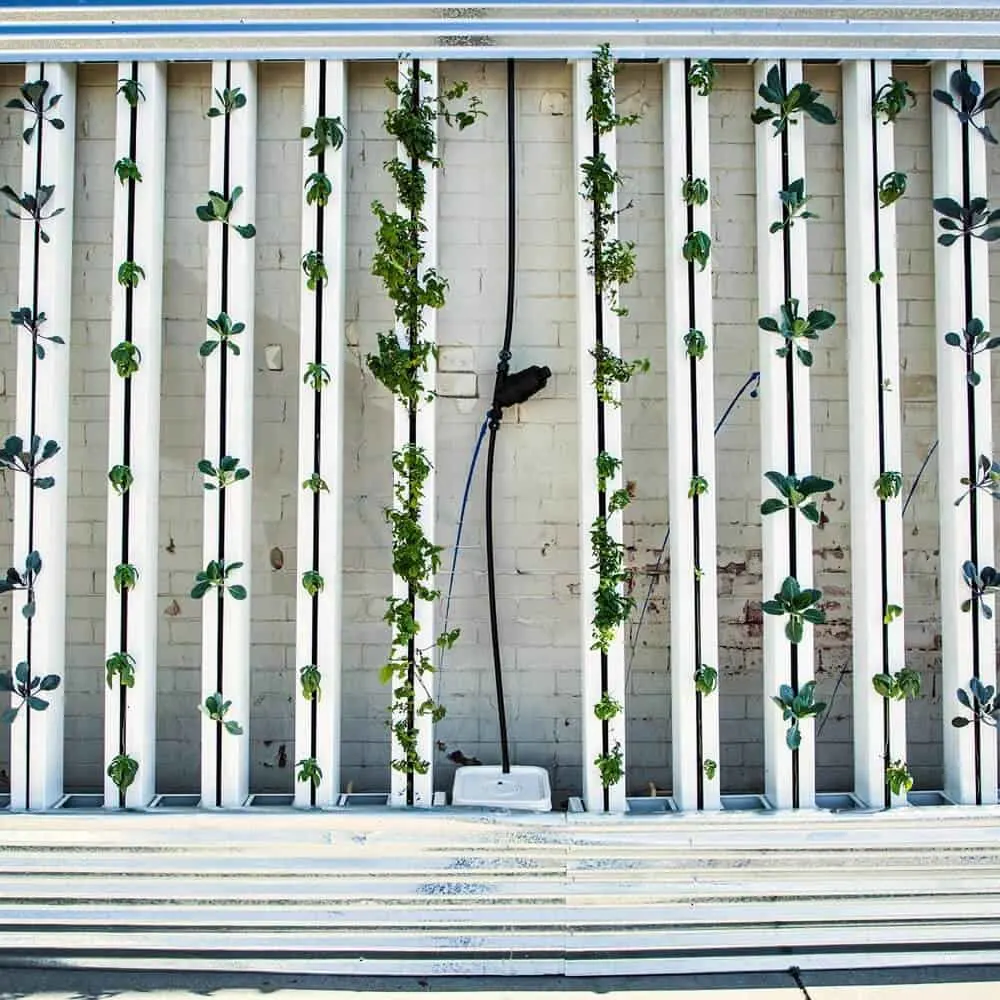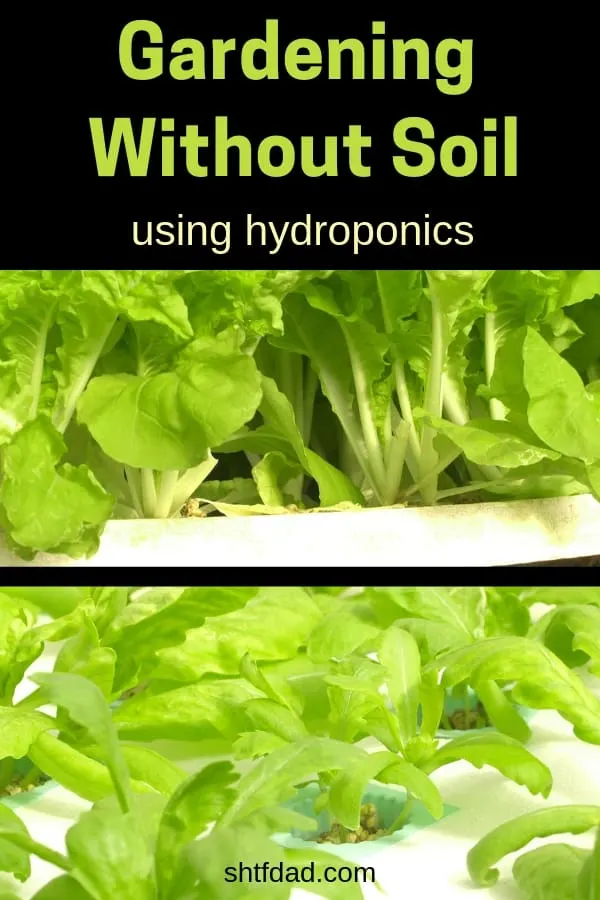SHTFDad may collect a share of sales or other compensation from the links on this page.
Gardening without soil is fast becoming a trend among urban dwellers as well as prepping and homesteading enthusiasts, and for good reason.
When I heard about the concept of hydroponics, the first thing that came to mind was how cool it would be to be able to grow plants indoors without needing soil in case SHTF happened.
Gardening Without Soil Using Hydroponics

Aside from being so innovative and ‘advanced’, one of the things I like about hydroponics is how beautiful it is. I’m not kidding.
Seeing a plant grow as it is suspended in mid-air in clear bottles is so beautiful! You might even think of doing it just for aesthetic purposes.
If you’re thinking this is a new concept, then you are wrong. Hydroponic gardening has been going on for thousands of years, dating back to the time of the Egyptian pharaohs.
Want to know more about this soil-free gardening technique? Read on!
- Baras, Tyler (Author)
- English (Publication Language)
- 192 Pages - 04/03/2018 (Publication Date) - Cool...
What is Hydroponics?

A lot of you may have practiced hydroponics without being aware of it. Remember science class when you’d place a plant clipping into a dish or glass of water to watch it develop roots? That’s hydroponics, folks!
Now, for the science-grown-up part: hydroponics is actually a branch of agriculture. The nutrients needed by the plant to grow are not mixed up in the soil but rather dissolved in water or in the mineral solution in which the plant’s roots are submerged.
In some cases, plants can even grow better in a soilless system compared to more traditional sources of gardening.
How Does Hydroponics Work?
The mineral- and nutrient-laden solutions can be dispersed in mediums like wool, coconut husk, pebbles, or gravel to give the roots something to hold on to and to encourage their growth.
The upper parts of the plant (such as the stems) are held above the hydroponics solution. Only the roots are allowed to touch it.
As long as you ensure that the mineral-rich solution supports the plant’s nutrient needs, there is no need to use any soil.
If done indoors, artificial lighting can provide the ‘sunlight’ the plant needs, and the people indoors provide the carbon dioxide for the plant to be able to photosynthesize and therefore live.
The Benefits of Hydroponics Gardening

In areas where the soil is very poor or may altogether be unavailable, like in a post-apocalyptic world or SHTF scenario, hydroponics is the way to go.
With this system, you can grow a multi-level crop and utilize every inch of space you have.
Another scenario for using hydroponics is if the climate is not conducive to growing crops outdoors. Since the hydroponics system is basically green-housing without soil, you can use it to grow plants in winter or, if SHTF, in case the world is submerged in forever winter.
With this system, you can fully control the temperature and moisture levels to what is optimal for your crops.
Hydroponics can also help the environment. In some wastewater projects, the system is used to filter water and other waste. The plants will eat up the organic waste (which is full of nutrients!) and wastewater is transformed into safe water that can be released into the environment.
Hydroponics is Great for Homestead Gardening
- It is cheap and uses minimal resources.
- It can be done fully indoors and allows you to start a garden even in subzero temperatures.
- Materials can be easily found in local stores.
- It saves tons of space because it takes up only 30–40% of the space compared to a soil-based garden.
- Plants grown this way grow up faster, which means they yield crops faster too.
- Starting a hydroponics garden is a fun prepping adventure, and not just for SHTF or for prepping.
- You can teach your kids about science, gardening, discipline, and responsibility when you include them in your hydroponics project. Isn’t that a great deal?
I hope this will inspire you to try soil-free gardening.
For more gardening and homestead tips and tricks, like us on Facebook and you’ll surely get updated when we post something new.


Resources:

